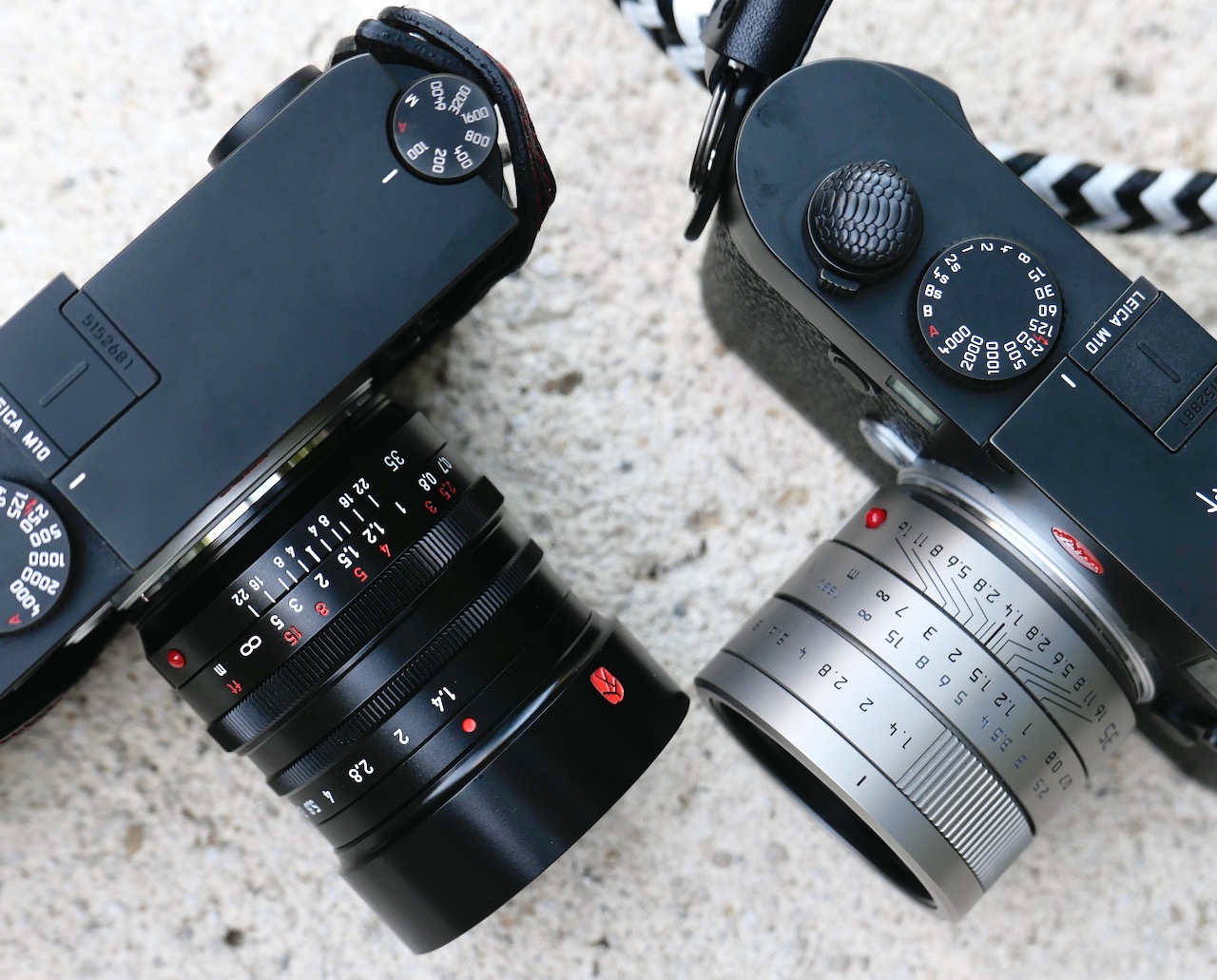
In this exciting new book Thorsten Overgaard expands and simplifies the subject of composition. This book will inspire your photographic eye and make you wonder about all the possibilities you can now see. Leica M 240 with Leica 50mm Noctilux-M ASPH f/0.95 The view from my hotel window on an early morning in December, in Seoul. That the most light strong, most impossible to design and most expensive Leica lenses (besides the above three mentioned we can count in as well the Leica 50mm Summilux-M ASPH f/1-4 and the Leica 75mm Summicron-M ASPH f/2.0) are also the most sought after, will tell you that it's the right strategy for a company as Leica Camera AG. In short, it all marks a strategy of focusing on Leica core qualities such as low-light photography incorporating image quality of the highest caliber, no-nonsense simplicty, compactness and almost complete silence.
#LEICA 50MM SUMMICRON R F1.4 PL MOUNT FULL#
The Noctilux-M ASPH f/0.95 was introduced by Leica Camera AG in 2008, perhaps as an early sign of a new golden age of uncompromizing lens design from the company: Soon after came the Leica 21mm Summilux-M ASPH f/1,4 and the Leica 24 mm Summilux-M ASPH f/1.4, followed the year after by the "impossible" full frame Leica M9 digital rangefinder that was presented as a surprise on Septemat 9:00 AM. Leica M 240 with Leica 50mm Noctilux-M ASPH f/0.95. Sunday is car-free day on some of the busy mainroads in Jakarta. This video class will make you love the Noctilux even more, and will make you appreciate the challenge of using it - and impress yourself and others with the photographs you can make with it.

The Noctilux surpasses the speed of the human eye somewhat four times (which can see as wide as f/2.1 in the dark and f/8.3 in bright daylight). It's perhaps the most unique lens available in the world in that it photographs images almost in the dark, adds a distinguished look to any image captured through it, and at a price of $10,995 it allows only the most dedicated photographers to own one. Not shown in the picture is the previous models of the 50mm Noctilux f/1.0 (three versions of the model 11821 from 1976-1993 with bayonet or clip-on lens shades all of which has the same optical design as the one with the built-in plastic hood, but filter sizes from 58mm to 60mm). The Noctilux family (from bottom and clockwise): The very first 1966-model, the Leica Noctilux-M f/1.2 ASPH (model 11820, 1966-1975), the current 2008-model in silver, 50mm Noctilux-M ASPH f/0.95 FLE ( FLoating Element, model 11667), the 50mm Noctilux-M f/1.0 with built-in hood (model 11822), and on the Leica M240 camera, the current 50mm Noctilux-M ASPH f/0.95 in black (model 11602).

And not unlike a real diamond, the glass for it is said to be prepared in underground ovens for a number of years (hence the often long wait for a new batch of lenses). It has a magic attraction to it, like a large diamond.


 0 kommentar(er)
0 kommentar(er)
